LIGHTS OF NEW YORK (1928) Helene Costello, Cullen Landis & Mary Carr | Crime, Drama | B&W
Lights of New York is a 1928 American crime drama film starring Helene Costello, Cullen Landis, Wheeler Oakman and Eugene Pallette, and directed by Bryan Foy. Filmed in the Vitaphone sound-on-disc sound system, it is the first all-talking full-length feature film, released by Warner Bros., who had introduced the first feature-length film with synchronized sound Don Juan two years earlier, and the first with spoken dialogue, The Jazz Singer, one year earlier. The film, which cost $23,000 to produce ("B" picture), grossed over $1 million. The enthusiasm with which audiences greeted the talkies was so great that by the end of 1929, Hollywood was producing sound films exclusively.
SYNOPSIS
Two men are conned into bootlegging business.
When bootleggers Jake Jackson (Walter Percival) and Dan Dickson (Jere Delaney), who have been hiding out in a small upstate New York town, learn that they finally can return to New York City, they try to convince a young kid named Eddie Morgan (Cullen Landis) and his friend, a local barber named Gene (Eugene Palette) to come with them.
With a promise from Jackson and Dickson that they will help the young men establish a barbershop in the city, Eddie asks his mother, Mrs. Morgan (Mary Carr), who owns the town's Morgan Hotel, to loan them $5,000 of her savings. Eddie and Gene set up the barbershop in New York City but soon learn that it is merely a front for a speakeasy.
Frustrated and yearning for a return to the quiet life, Gene and Eddie vow to go home as soon as they earn enough to pay back Mrs. Morgan. Eddie is in love with Kitty Lewis (top-billed Helene Costello), his hometown sweetheart, who preceded him to New York. Now she is a performer at The Night Hawk, a nightclub owned by Hawk Miller (Wheeler Oakman), notorious bootlegger who controls the speakeasy behind the barbershop. Although Hawk's longtime mistress, Molly Thompson (Gladys Brockwell), warns him not to pursue Kitty, he coldly dismisses her, saying that their relationship is over.
After a police officer is killed in a bootlegging raid of a supply of Old Century liquor, Hawk tells his henchmen, Sam (Tom Dugan) and Collins (Tom McGuire), that they must find someone to take the blame to keep the police from closing him down. They suggest that Hawk frame Eddie, thereby "killing two birds with one stone." When Eddie comes to the club to visit Kitty, Hawk summons him to his office and asks him to hide his supply of Old Century, saying that it is only temporary, in case the police raid his club. When Detective Crosby (Robert Elliott) comes to the club to question Hawk and implies that he is behind the policeman's murder, Hawk says that the only person he knows who has a supply of Old Century is Eddie.
A short time later, Hawk goes to the barbershop and is killed by an unknown assailant. Fearing that they will be blamed, Eddie and Gene put Hawk's body in a barber chair and rub his face with shaving cream just as Crosby arrives at the shop. After Eddie leaves, a nervous Gene pretends to shave Hawk, but the body slides from the chair, revealing its identity to Crosby.
CAST & CREW
Helene Costello as Kitty Lewis
Cullen Landis as Eddie Morgan
Mary Carr as Mrs. Morgan
Wheeler Oakman as 'Hawk' Miller
Gladys Brockwell as Molly Thompson
Robert Elliott as Detective Crosby
Eugene Pallette as Gene
Tom Dugan as Sam
Tom McGuire as Collins
Walter Percival as Jake Jackson
Guy D'Ennery as Tommy
Jere Delaney as Dan Dickson
Directed by Bryan Foy
Written by Murray Roth, Hugh Herbert
Cinematography Edwin B. DuPar
Edited by Jack Killifer
Music by Louis Silvers
Production company Warner Bros. Pictures
Distributed by Warner Bros. Pictures
Release dates July 6, 1928, July 21, 1928
Running time 57 minutes
Country United States
Language English
Budget $23,000
Box office $1,252,000
Directed by Foy from a script written by Murray Roth and comedian Hugh Herbert, Lights of New York was intended to be a two-reel film with a budget of $12,000 as the studio had not yet committed to regular production of full-length talking films. However, with studio heads Harry and Jack Warner out of the country to oversee the European premiere of The Jazz Singer, the crew gradually elaborated the plot as the seven-day shooting schedule progressed. Louis Halper, who was in charge of the studio while the Warners were away, eventually wired Jack Warner for the additional money needed to finish the film.
Upon discovering that Foy had shot four reels more than promised, Jack Warner ordered him to cut the film back to the original two. Foy later said that the Warners' initial rejection was possibly based on their plans to make the first all-talkie a prestige picture. In an effort to keep the movie off the shelf, Foy screened the picture for an exhibitor friend, who immediately offered to buy it outright for $25,000.
-
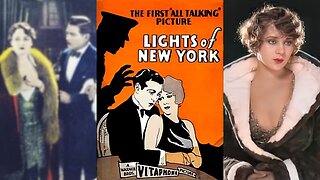 56:38
56:38
Lost n Found Films
4 months agoLIGHTS OF NEW YORK (1928) Helene Costello, Cullen Landis & Mary Carr | Crime, Drama | COLORIZED
199 -
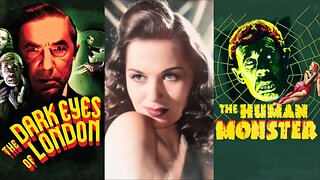 1:15:48
1:15:48
Lost n Found Films
1 month agoTHE DARK EYES OF LONDON (1939) Bela Lugosi, Hugh Williams & Greta Gynt | Drama, Horror | B&W
78 -
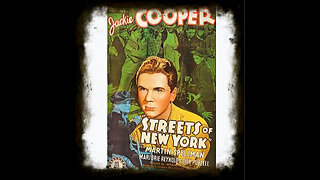 1:04:23
1:04:23
VintageConnoisseur Presents
1 year agoAbe Lincoln Of Ninth Ave 1939 | Streets Of New York 1939 | Classic Crime Drama
89 -
 26:30
26:30
TeslaWirelessRadio
3 months agoSherlock Holmes TV (ep26) The Case of the Baker Street Nursemaids
18 -
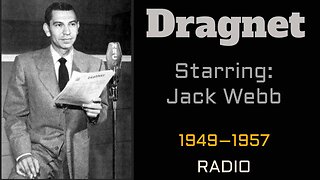 29:49
29:49
TeslaWirelessRadio
1 month agoDragnet Radio 1949 ep005 The Helen Corday Murder
36 -
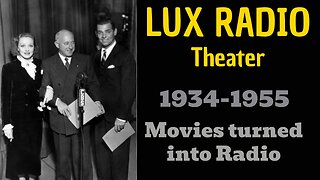 59:48
59:48
TeslaWirelessRadio
2 months agoLux Radio 38/04/04 (ep170) Dark Victory (Barbara Stanwyck, Melvyn Douglas)
32 -
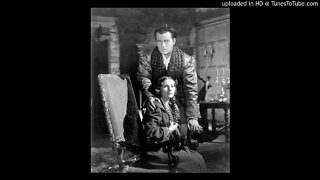 58:20
58:20
Chesterton Radio
4 years agoJane Eyre - Orson Welles & Loretta Young - All-Star Radio Dramas of Classic Films - Lux Radio Theate
313 -
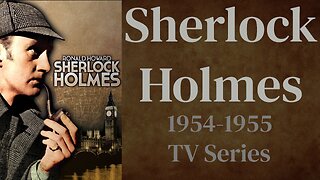 27:03
27:03
TeslaWirelessRadio
4 months agoSherlock Holmes TV (ep02) The Case of Lady Beryl
47 -
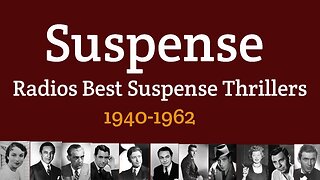 30:36
30:36
TeslaWirelessRadio
1 month agoSuspense 1944 ep108 Voyage Through Darkness (Olivia de Havilland)
20 -
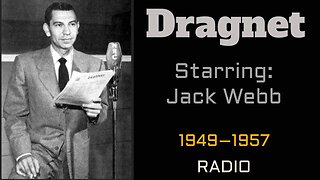 29:55
29:55
TeslaWirelessRadio
1 month agoDragnet Radio 1949 ep013 Auto Burglaries - Myra the Redhead
46